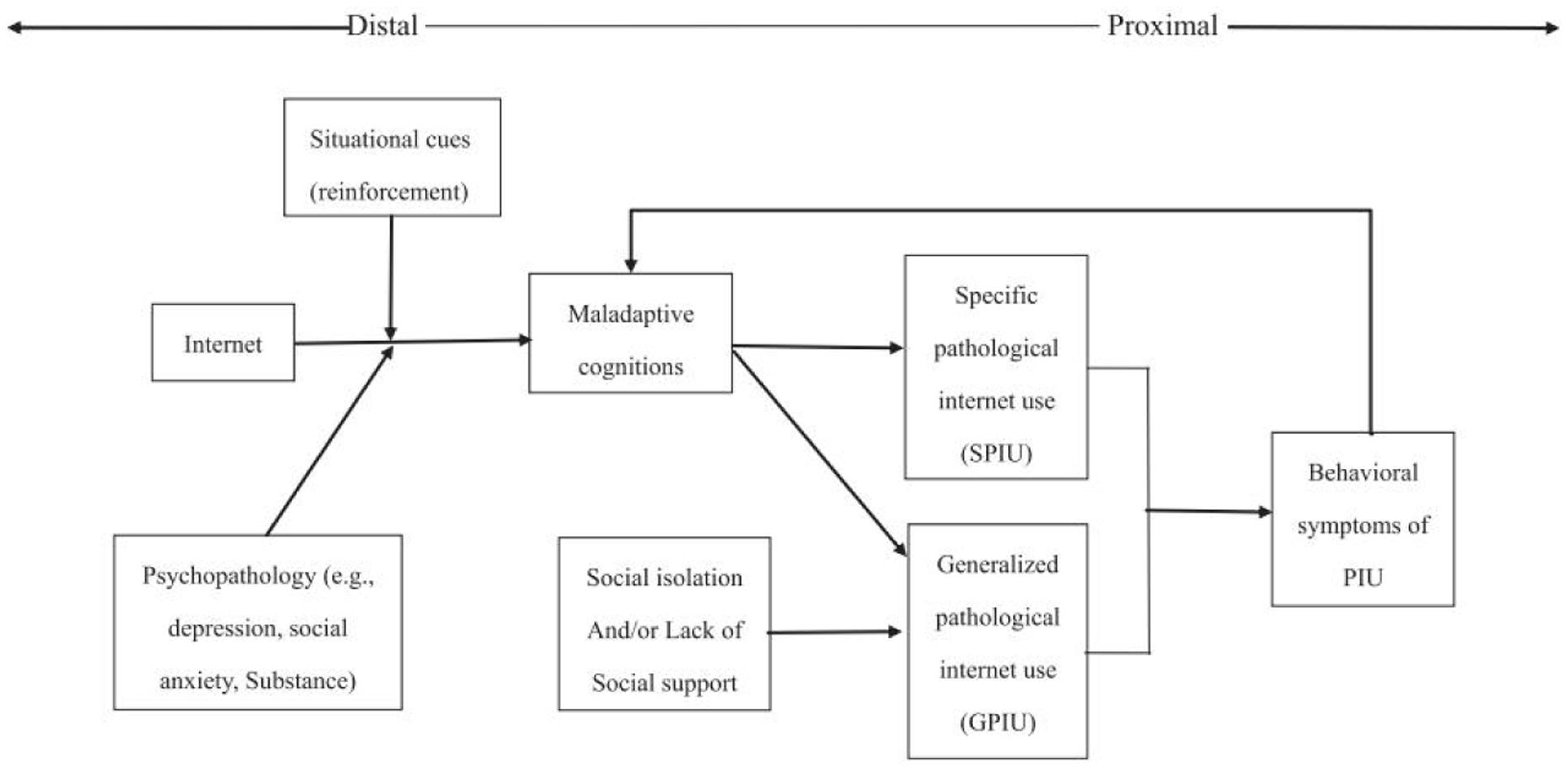

Embellishing lies with extensive details.Typical pathological liar signs in young adults include:

How do you recognize a pathological liar? Consistent lying and making up stories are the primary signs of pathological lying. Pathological lying is defined by some experts as lying five or more times daily, every day, for longer than six months. A 2020 study defined pathological lying as “a persistent, pervasive, and often compulsive pattern of excessive lying behavior that leads to clinically significant impairment of functioning in social, occupational, or other areas causes marked distress poses a risk to the self or others and occurs for longer than six months.” The same study found that between 8 and 13 percent of people identify themselves as pathological liars, or say that other identify them that way. The original definition was “falsification entirely disproportionate to any discernible end in view, may be extensive and very complicated, manifesting over a period of years or even a lifetime.”Ĭontemporary researchers have modified that definition. Pathological lying is also known as mythomania and morbid lying. He gave it the Latin name pseudologia fantastica (sometimes spelled phantastica). Pathological lying was first identified in 1891 by psychiatrist Anton Delbrück. Hence, pathological liar signs are associated with various underlying mental health conditions. The word pathological indicates that there is an underlying pathology, or illness. Pathological lying is related to disordered thinking patterns and beliefs. However, it is an established concept in psychology. It is not included in the DSM-5, which lists mental health disorders. What Is a Pathological Liar?īeing a pathological liar is not in itself a mental health diagnosis. Furthermore, pathological lying tends to start early-in adolescence and young adulthood. Pathological liars can’t stop lying even when it causes psychological distress, puts them in danger, and creates problems with relationships, work, or other aspects of daily life. But when it becomes a habit, and other pathological liar signs are also present, a mental health issue may be causing the behavior.Ī pathological liar not only lies frequently, but may feel a compulsion to do so.

We’ve all told a white lie to protect someone’s feelings, or stretched the truth a little to avoid a conflict or get out of something we don’t want to do.
#Pathological behavior examples how to#
doi:10.3389/fpsyt.2021.10 Pathological Liar Signs and How to Cope with a Habitual Liar Reading Time: 8 minutes Understanding mental health and cognitive restructuring with ecological neuroscience. Effectiveness of structural⁻strategic family therapy in the treatment of adolescents with mental health problems and their families. Jiménez L, Hidalgo V, Baena S, León A, Lorence B. The long-term impact of parental mental health on children’s distress trajectories in adulthood. Association of childhood trauma exposure with adult psychiatric disorders and functional outcomes. Improving mental health access for low-income children and families in the primary care setting. Hodgkinson S, Godoy L, Beers LS, Lewin A. A review of mediators in the association between child sexual abuse and revictimization in romantic relationships. Hébert M, Lapierre A, MacIntosh HB, Ménard AD. Behavioral interventions for anger, irritability, and aggression in children and adolescents. Sukhodolsky DG, Smith SD, McCauley SA, Ibrahim K, Piasecka JB. Effects of family structure on mental health of children: A preliminary study. The impact of substance use disorders on families and children: from theory to practice.


 0 kommentar(er)
0 kommentar(er)
